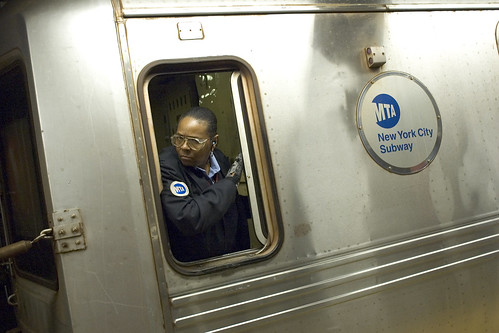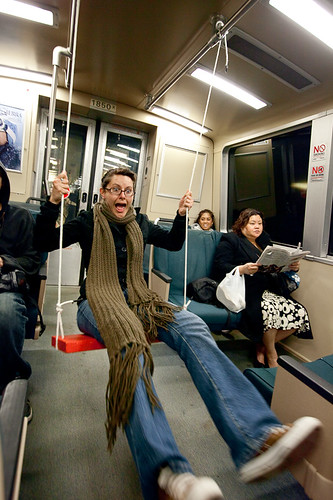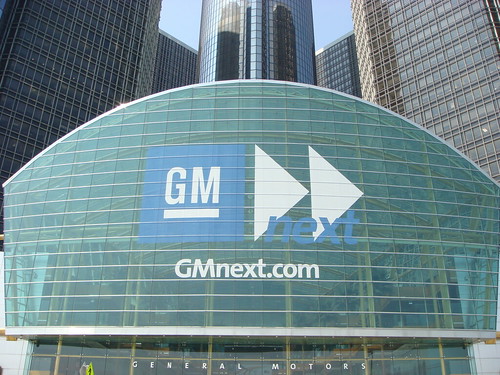Rethinking Infrastructure – ULI’s new report says the US Infrastructure is outmoded and reiterates need for upgrade
(Source: Architect Online’s Federal Weekly Report, Urban Land Institute via, Planetizen)
IT’S NOT JUST U.S. INFRASTRUCTURE THAT’S OUTMODED, SAYS A NEW REPORT BY THE URBAN LAND INSTITUTE. THE WAY CITIZENS AND POLITICIANS THINK ABOUT IT NEEDS AN UPGRADE, TOO.
“We will not continue to be a major world power if we can’t get goods in and out of the country in an efficient, productive way,” ULI executive vice president for initiatives, Maureen McAvey, tells ARCHITECT. “And the more we waste time in congestion on our roads, in having inadequate ports and inadequate delivery systems, and having congested airports—that’s all loss of productivity.”
The ULI’s hope is for transit systems to be linked across jurisdictions and for transportation and land use to be integrated. Often, “there’s no easy way of getting from A to B, and those are all trips on the road,” McAvey says, which, in addition to causing congestion, means more carbon released into the air. “It’s a stupid way to run a country.”
Running throughout the report is the notion that the U.S. is at a tipping point, a moment when the country either shakes off the system it has been functioning under for decades and chooses to look at infrastructure, transportation, land use, and many other issues in a holistic and future-leaning way, or we continue to patch old problems, push solutions to the future, and hope to hold ourselves together. The latter, says the ULI, means the country will slide backward.









